#Digital Resilience
Explore tagged Tumblr posts
Text
#Tags:Advanced Persistent Threats (APTs)#AI in Cybersecurity#Cloud Security#Cyber Defense Strategies#Cyber Threat Trends 2025#Cybersecurity#Data Breaches#Digital Resilience#facts#Incident Response#IoT Security#life#Malware#Podcast#Ransomware#Ransomware-as-a-Service#serious#straight forward#Threat Intelligence#truth#upfront#website#Worms
1 note
·
View note
Text
Watch "Raising Digital Citizens: A Guide to Social Media Safety for Kids" on YouTube
youtube
#Teaching Online Safety#OnlineSafetyForKids#digitalparenting#socialmediaeducation#cybersafety#kidstechtips#digital citizenship#online etiquette#parenting advice#WebSafety#eSafety Explorers#digital resilience#safe Internet use#netiquette#online privacy#joyfuldaddy#Youtube
0 notes
Text

got nothing but my sweat and blood to reverse engineer the god
#arcane#viktor arcane#machine herald#symbolism here: cherry branches (education/resilience/new beginnings) + yarrow (healing) + dahlia (change but also warning)#snakes symbolize eternal life and transformation but also i was going for caduceus here compositionally#caption from “'clockwork god” by tardigrade inferno. SUCH a viktor song I HAD TO#artists on tumblr#riot games#arcane season 2#digital art
380 notes
·
View notes
Text

"Symbiosis - The Blooming" An intricate connection between essence and nature, revealed by gigantic flowers merging with the human figure.
#contemporary art#illustrations#flowers#metamorphosis#art gallery#digital art#nature#artists on tumblr#beauty#art#symbiosis#rebirth#sprout#symbolism#art nouveau#art decò#dark mood#darkness#ethereal#fairy-tale#woman#gothic#dark aesthetic#dark and moody#resilience#spleen#forest#woods#evocative#1800s art
241 notes
·
View notes
Text

Back to them~ 😌❤️
#the scarlet pimpernel#sir percy blakeney#chauvelin#percy/chauvelin#<<always when i draw these two in any capacity ;)#the snow wasn’t planned beforehand hence you get an underdressed percy#he’s resilient it’s okay 🙂↕️#art#fanart#digital art#my art
100 notes
·
View notes
Text
I haven’t drawn Liam in like 2 weeks and I fear I’ve forgotten how to draw him

#he only gets to be mildly happy after he give himself that TERRIBLE haircut#but he doesn’t smile a lot anyway#bro could be as happy as can be and will still look like 😑#best smile you’ll get out of him is like 🫤#he also gets that green streak in his hair after he basically dies during a demigod training mission gone awry#changed color with the seasons!! basically aegis infused a bit more of their being into him to like make him more resilient#because honestly Liam is probably the least resilient demigod ever bro is accident prone and a BIG BABY!! also the youngest demigod to be#my art#digital art#procreate#artists on tumblr#digital illustration#illustration#original art#doodle#my ocs#art#drawing#oc#original character#original character art#oc art#oc art tag#oc artwork#oc artist#digital doodle#digital drawing#digital artist#artwork#now if you’ll excuse me I have to leave my ipad open for 5 hours to get 6000 coins on su roblox game
44 notes
·
View notes
Text







I started my own huevember type challenge, more info under cut. (Click for full view)
If you see this, please also look here:
This is an an ongoing campaign vouched for by Bisan Owda. This group works to get life-saving food to Palestinians in need. Please share and donate if you can!
I'll just put some comments about my pictures here for whoever's interested. I basically just picked three colors after morphing and pixelating a rainbow repeatedly, then used one for the main color the other two for the shadows and highlights.
#3 is supposed to be set in Sonic Underground, with Robotnik Junior and a clone of Snively. (It's like if that one episode of Underground, Six is a Crowd, was set in the future of Satam and the good version of Robotnik was a fully grown Robotnik Jr. Then Snively made a robot clone of himself too and they met each other
#4 I really like how Harley Quinn is portrayed in Caped Crusader (from what I saw) but I also think her characterization would be perfect as an earth-3 reverse Harley Quinn.
#artists on tumblr#gaza mutual aid#gaza community resilience#ele elna elak#vetted#huevember#art challenge#wonder woman#steve trevor#dc comics#cybersix#sonic au#sonic the hedgehog#sonic underground#robotnik jr#snively robotnik#dr robotnik#harley quinn#harlequin#bruce timm#batman caped crusader#batman villains#batman#digital art#sonic satam#aosth#wizard bisan
31 notes
·
View notes
Text
The First Photo After a Year and Seven Months in Prison

The first photo after a year and seven months in prison feels different. The world after a year and seven months in prison feels different. Even though I kept up with the outside world through TV and newspapers, the world outside isn’t the same. After a year and seven months, when I was released from prison, I didn’t know who had arrived, who had left. I didn’t know what was new, what was old, what was trending. Honestly, I still don’t know, even after eight months of freedom.
It feels like I was frozen in time while the whole world kept turning. People, of course, continued with their lives, while I was stuck there, in prison. The feeling of being smaller, of being lesser than everyone else, gnawed at me and left deep scars until I had to fight and confront myself. I had to rethink everything I knew about prison. Not everyone sees it the same way, but I needed to find some kind of beauty in that experience, because I lived it so intensely that it had to mean something.
In the early days, I thought I was going to lose my mind, that I was going to lose everything. So, I had to start working on myself. I began developing myself personally. I read every book on personal growth I could find. I took every online course I could. I re-learned high school material. I understood that the most important thing about being in prison was what I was going to do with it, and I decided that I was going to make the best of it.
I did yoga naked in a cell. I danced naked in a cell. I made friends, told jokes until late at night, laughed until my stomach hurt. I cried many times. I slept hungry, woke up thirsty. My privacy was ripped away, exposed, shattered. I was diminished, dehumanized. I fought for rights and realized, most of the time, it wasn’t worth it. I translated documents in Portuguese, English, Spanish, and French. I worked on immigration cases. I wrote every day. I taught classes. I exercised. I did and lived the best I could in that situation.
I think that’s why I don’t feel ashamed to say I was in prison, that I was incarcerated. Because sometimes people don’t see it the same way, and that’s okay. As I tell everyone, prison was the worst and the best lesson of my life.
#digital diary#dear diary#gay men#archangel#god#gayboy#angel#quote#blog#gay#LifeInPrison#SurvivingPrison#PersonalGrowth#PrisonJourney#FindingMyself#MentalHealth#EmotionalHealing#OvercomingTrauma#InnerStrength#BreakingTheStigma#Resilience#Transformation#LifeLessons#PersonalDevelopment#PrisonExperience#SelfDiscovery#InnerPeace#HealingJourney#TumblrDiary#Memoir
41 notes
·
View notes
Text

A redrawing of something I made a few years ago
#art#artists on tumblr#digital aritst#drawing#artwork#illustration#procreate#snake#claws#resilience#sadandsilly
7 notes
·
View notes
Text


How am I to tell stories about life — Without becoming the eccentric Sámi Making jokes at my own expense — How I am to explain to them that the ruin is in my voice
Ædnan by Linnea Axelsson, trans. Saskia Vogel / Portrait of a young woman. The artist's sister Anna Hammershøi by Vilhelm Hammershoi (1885) / The Tempest by Peder Balke (1862)
#Aednan#Linnea Axelsson#litedit#bookedit#digital collage#my edit#picked this up out of curiousity. got hit in the face with indigenous pain and resilience and three generations of displacement and#forced assimilation and family.#and also language loss. as soon as it got into language loss and the attempts to relearn the language you should have grown up with....#i had to lie down#hey. go read this epic. its a novel in verse by a northern sami author
18 notes
·
View notes
Text

Indigenous , b*tch. Proud of it.
#indigenous#two spirit#landback#photography#digital art#courage#lgbtia+#resilient#good vibes#unity#strength#instagay#2 spirit
116 notes
·
View notes
Text
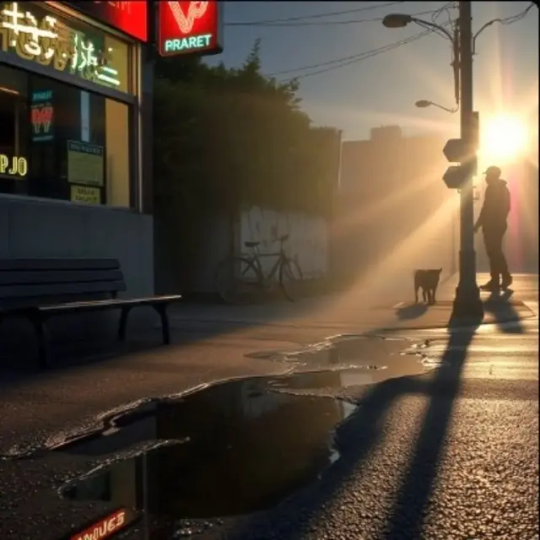
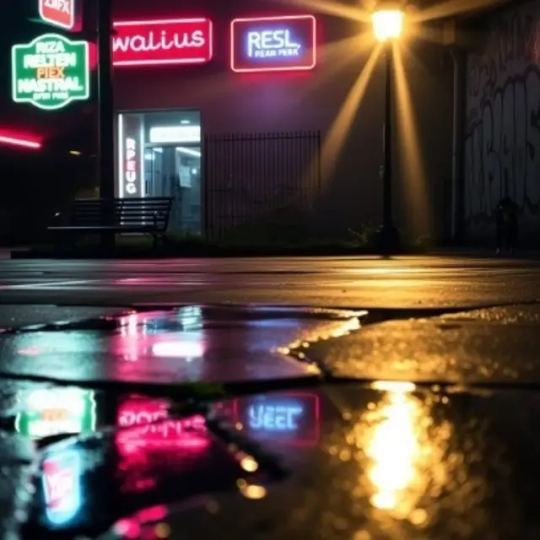
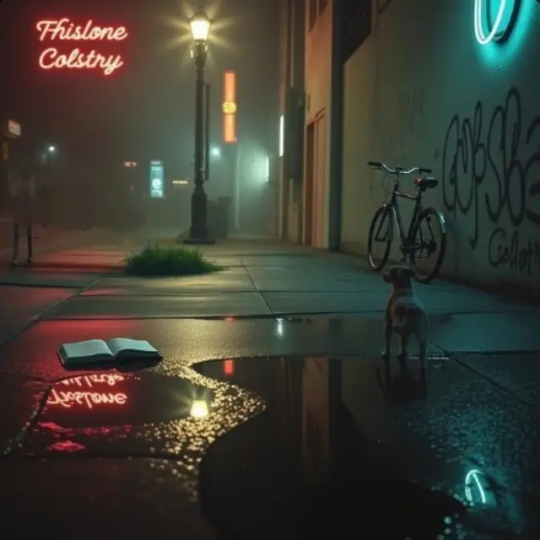
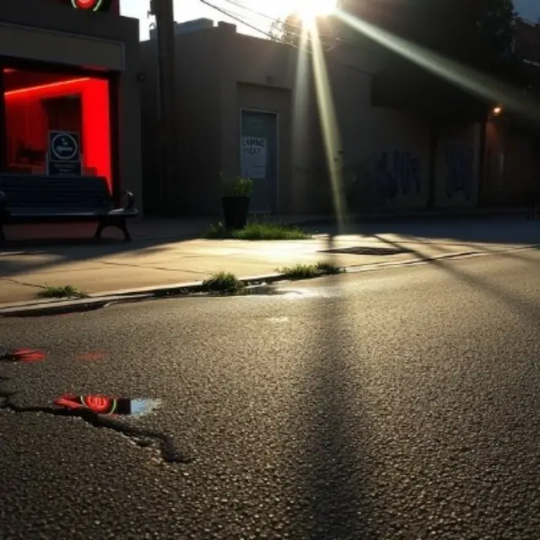
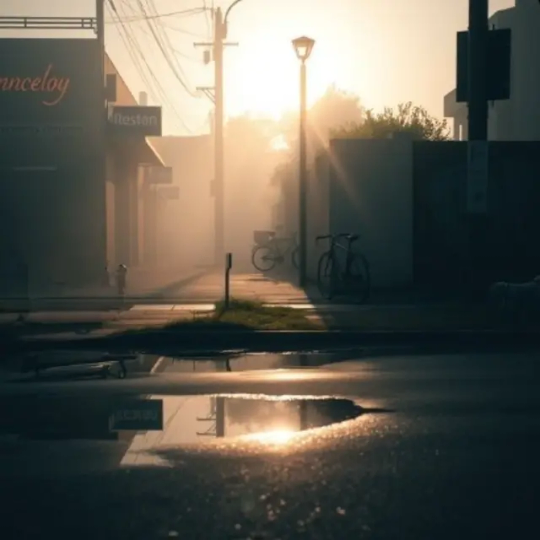
Amid the quiet, subtle signs of life flicker like neon beacons, whispering of untold stories and echoes of laughter in empty streets.
The city may seem dormant, yet with each glimmer it reminds us: resilience runs deep and the spark of life is never fully extinguished.
Neon lights pierce through the fog, hinting at life just beneath the surface. In quiet corners, something grows, something holds on.
This isn't the end, it's simply the waiting 🌿
...
#silent#silent resilience#echoes of life#urban art#urban#neon#neon vibes#neon reflections#hidden#city#city in the fog#waiting#whispers#digital art#artist on tumblr#city life#light and darkness#lost in the moment#untold stories#storytelling#daily thoughts#spark of life#quiet street#beneath the surface#dormant#echoes#empty streets#abandoned places#ai art
11 notes
·
View notes
Text
The Philosophy of Escapism
The philosophy of escapism explores the human tendency to seek distraction and relief from reality, often through activities that provide temporary respite from the pressures, challenges, or monotony of everyday life. Escapism can take many forms, from engaging in entertainment, such as movies, books, or video games, to indulging in fantasies or even using substances. The philosophical examination of escapism raises questions about its ethical implications, its effects on the human condition, and its potential as a coping mechanism.
Key Concepts in the Philosophy of Escapism:
Definition of Escapism:
Seeking Relief from Reality: Escapism is generally understood as the act of diverting oneself from the realities of life, especially when those realities are unpleasant or stressful. It often involves engaging in activities that provide a temporary sense of comfort, pleasure, or detachment.
Positive and Negative Aspects: While escapism can offer a necessary and healthy break from stress, it can also lead to avoidance behavior, where individuals neglect important aspects of their lives or responsibilities.
Psychological and Existential Dimensions:
Coping Mechanism: Psychologically, escapism can serve as a coping mechanism to deal with stress, anxiety, or trauma. It allows individuals to take a mental break, which can be rejuvenating in moderation.
Existential Escapism: Philosophers like Jean-Paul Sartre and Albert Camus have explored the concept of existential escapism, where individuals avoid confronting the inherent meaninglessness or absurdity of life. In this context, escapism can be seen as a way to evade existential angst or the responsibility of authentic living.
Ethical Considerations:
Balance and Moderation: Philosophers often debate the ethical implications of escapism, particularly whether it is a morally acceptable way to deal with life's difficulties. While some argue that moderate escapism is necessary for mental health and well-being, others caution against excessive escapism that leads to neglect of one's duties or relationships.
Authenticity vs. Illusion: There is an ethical tension between living authentically—facing reality as it is—and retreating into illusion or distraction. Some philosophical traditions, such as existentialism, emphasize the importance of confronting reality and finding meaning within it, rather than escaping from it.
Cultural and Social Aspects:
Escapism in Popular Culture: Escapism is deeply embedded in popular culture, with entire industries, such as cinema, literature, and gaming, dedicated to providing forms of escape. The cultural significance of these activities raises questions about their role in society and their impact on collective consciousness.
Societal Escapism: On a broader scale, escapism can also be viewed as a societal phenomenon, where entire groups or cultures may turn to escapist practices as a way of coping with social or economic pressures. For example, during times of war or economic hardship, the popularity of escapist entertainment often increases.
Philosophical Critiques of Escapism:
Stoicism and Escapism: Stoic philosophy advocates for facing reality with courage and rationality, suggesting that escapism is a form of avoidance that prevents individuals from developing resilience and wisdom.
Existentialism: Existentialists, particularly Sartre, criticize escapism as a form of bad faith, where individuals deny their freedom and responsibility by fleeing from reality. For existentialists, true freedom comes from acknowledging and embracing the absurdity of life, rather than escaping from it.
Escapism and Art:
Art as Escape: Art has historically been a means of escape, offering individuals the opportunity to experience alternative realities, explore new perspectives, and express emotions that might be difficult to confront in everyday life.
Aesthetic Experience: Some philosophers, such as Friedrich Nietzsche, have celebrated art and aesthetic experience as a vital and life-affirming form of escapism that transcends mundane reality and offers deeper insights into the human condition.
Escapism and Technology:
Digital Escapism: In the modern era, technology has significantly expanded the possibilities for escapism. The internet, social media, virtual reality, and video games offer immersive experiences that allow individuals to escape from reality in unprecedented ways.
Virtual Reality and Ethics: The rise of virtual reality and other immersive technologies raises ethical questions about the boundaries between reality and escape, and the potential consequences of living increasingly in digital or simulated environments.
The philosophy of escapism examines the complex motivations behind the human desire to escape from reality and the various forms this escape can take. While escapism can provide necessary relief and even foster creativity, it also presents ethical and existential challenges, particularly concerning the balance between facing reality and seeking refuge from it. The ongoing philosophical exploration of escapism helps us understand its role in the human experience and its impact on our lives, both individually and collectively.
#philosophy#epistemology#knowledge#learning#education#chatgpt#ontology#metaphysics#psychology#Escapism#Existentialism#Coping Mechanism#Authenticity#Popular Culture#Ethics of Escapism#Existential Angst#Stoicism#Virtual Reality#Art and Aesthetics#Digital Escapism#Bad Faith#Illusion vs. Reality#Psychological Resilience#Cultural Phenomenon#ethics
17 notes
·
View notes
Text
The first bit of the first scene of the Drifting Resilience au. Might be a bit before I upload the next bit, and charaters will probably be ooc


#art#digital art#art digital#my artwork#artwork#solarballs#solar balls#solarballs art#solarballs au#Drifting resilience au#solarballs triton#solar balls triton#triton solarballs#triton solar balls
8 notes
·
View notes
Photo

🌩️⚔️ Hey there, wallpaper lovers! Check out our latest creation: Samurai Robot in the Storm! This stunning anime illustration features a fierce samurai robot standing tall against a dramatic stormy backdrop. With intricate mechanical details and those glowing red eyes, this piece is sure to bring some electrifying energy to your screen! 🤖🔥
Whether you're a fan of epic battles or just love the vibe of anime art, this wallpaper is perfect for you. It captures the essence of strength and resilience, making it a great addition to any device. Plus, who doesn’t want a samurai robot watching over them? 😎
Ready to enhance your digital space? You can Download Anime Ninja Warrior and let this fierce guardian keep you company through any storm! 💪🌪️
We hope you enjoy this piece as much as we enjoyed creating it. Stay tuned for more amazing wallpapers coming your way!
#anime#wallpaper#samurai#robot#storm#illustration#digital art#anime art#mechanical#glowing eyes#fantasy#epic#cyberpunk#character design#artwork#anime illustration#sci-fi#powerful#strength#resilience
6 notes
·
View notes
